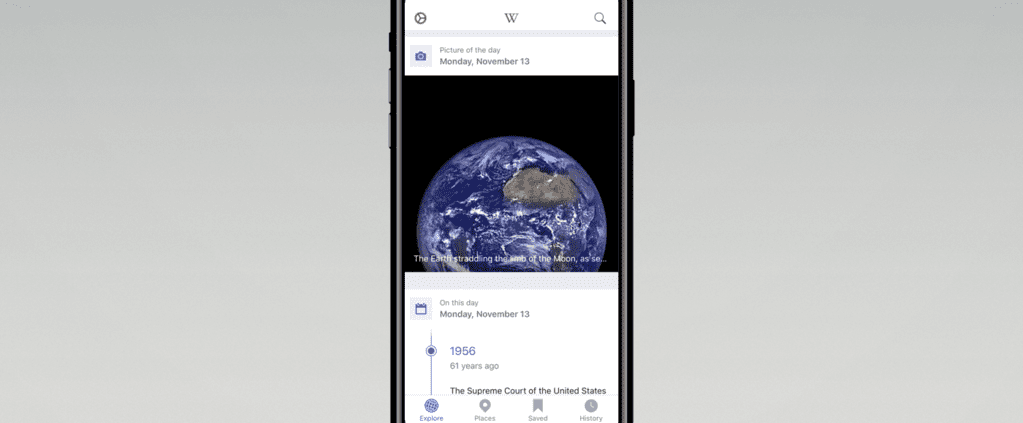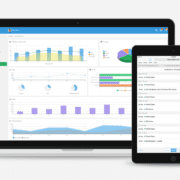How to Properly Execute a Mobile App Launch for Results
Successfully launching a mobile app is challenging, but not impossible if you know what the process entails. But be aware that it’s a long and difficult process that often trips up novice app developers. NS804 specializes in mobile app development in Virginia, and we always try to demystify the craft of making engaging apps. Below, we’re providing several handy tips that are in line with current trends in mobile app development.
1. Do Your Homework
Launching a mobile app is a lot more involved than one would think. It’s simply not about developing an app and then releasing it out in the wild, hoping that it will miraculously succeed. Only half the battle involves designing and developing a compelling application that will keep users engaged. The other half of the battle involves marketing, which may sound scary but is absolutely necessary.
Take the time to do extensive market research. And we do need to stress that there’s no such thing as too much market research. After all, you don’t want to waste time and money working on an app that users will ignore or won’t find appealing. Furthermore, investors and other stakeholders won’t be pleased if company resources are funneled into a project that will likely fail.
It’s vital to understand your Product Market Fit (PMF) and subsequently develop the right product for the right market. Current trends in mobile app development include several handy tactics in regards to PMF. These include keyword search volume, which is a list of commonly searched words in the app store, conversion metrics that track user acquisition and other data points, and retention metrics that measure user retention after the mobile app launch.
Of course, your marketing efforts shouldn’t end there. Research your closest competitors, blog regularly, create engaging video content, share content on social media, and even set up a landing page for your upcoming app. Also, diligently measure all your marketing endeavors and audience engagement.
2. Discuss the importance of defining success for the app
Many individuals and companies want to put out an app. But many don’t have a clear picture of what they’re trying to achieve or have an end goal in mind. If you’re finding yourself in a similar situation, then we recommend you ask an important question: “What problem should my app solve?”
After launching a mobile app, it will either gain traction or languish in obscurity. Apps that solve particular problems or improve on existing solutions tend to do well. And some apps find an audience by dealing exclusively with customer pain points. Other more niche apps solve specific business needs or improve upon existing processes. After carefully conducting a PMF survey and doing extensive market research, you should have a good idea of what problems your app is trying to solve.
Furthermore, you’ll need to set specific goals that your app will have to achieve and that you can measure. These goals can include the number of users that you’ll reach, the number of active users, the retention rate, and lifetime value.
3. Testing & Feedback
Current trends in mobile app development include leveraging BETA test groups and focus groups. These groups will make up the initial audience that sees your app, apart from your internal development teams. Why BETA testers are so important is that they’ll rigorously test your app and then provide you with valuable feedback. This feedback will consist of bug reports, issues with the UI/UX, and performance issues, to name a few.
Focus groups can help you to further refine your product before that crucial mobile app launch. Perhaps your target audience consists of medical professionals, but you’re unsure if your app’s color scheme and visual design will meet their expectations. However, a focus group that includes such professionals will be able to tell you immediately if they find your app’s aesthetics appealing.
Prepare a roadmap that informs your development teams and testers about important milestones. If possible, make your roadmap as visual as possible, as this makes it easier for most people to comprehend and internalize. Ideally, you want your developers and testers to work in tandem and deal with issues early on.
4. Data Collection & Results
Launching a mobile app is both exciting and scary. Exciting because you’re finally releasing your masterpiece after months of hard work. But scary, because you don’t know how well it will do. While there’s no guarantee that your app will succeed in an increasingly competitive market, this shouldn’t deter you from moving forward. Moreover, every mobile app launch presents a golden opportunity for collecting data that will become invaluable for your current and future development endeavors.
You can collect a wide variety of data, which may include device information and compatibility, functionality, location data, performance metrics, and user behavior patterns. Ensure that you’re only collecting data that’s necessary to the smooth functioning of your app and not intruding on user privacy. This data will show you whether your app is achieving the desired results or if you need to implement changes.
5. Be flexible in adapting and perfecting the app
You may think that you’ve released the perfect app, but it’s the users who ultimately decide that. The data you’ve collected and the reviews that users leave will give you a good idea if your app is meeting expectations. But regardless of your app’s overall performance, be flexible in adapting and perfecting your app. After all, current trends in mobile app development include the regular updating of apps to enhance their features and security.
But view this matter from the users’ perspective. Not only have users become accustomed to receiving regular updates, but they also expect them. Users tend to remain engaged if they’re receiving regular updates that enhance existing features or introduce new features. And they also feel more confident in using your app if they know that you’re regularly fixing bugs and issue security fixes.
6. Partner with an expert
Another vital part of your app that you shouldn’t skimp on is in regards to its Call to Action (CTA). Creating a CTA that converts prospects into long-term users of your app is a skill that you’ll need to master. However, we recommend partnering with an expert, such as NS804 that has plenty of experience in creating powerful CTAs that convert.
CTAs can be implemented in an ad, app, blog, digital platform, download, free trial, landing page, newsletter, and social media. Effective CTAs target the user, create a sense of urgency and are simple and straightforward. Furthermore, the effectiveness of CTAs are determined via A/B testing, and these tests need to be conducted regularly.
In Conclusion
Developing mobile apps that find and retain their audience in today’s competitive market is not easy. But if you do extensive market research, define what makes your app successful, test and receive feedback, collect data, and are willing to adapt your app, then you’ve got a shot at success. If you’re seeking mobile app development in Virginia and beyond, then contact NS804 today.













Leave a Reply
Want to join the discussion?Feel free to contribute!